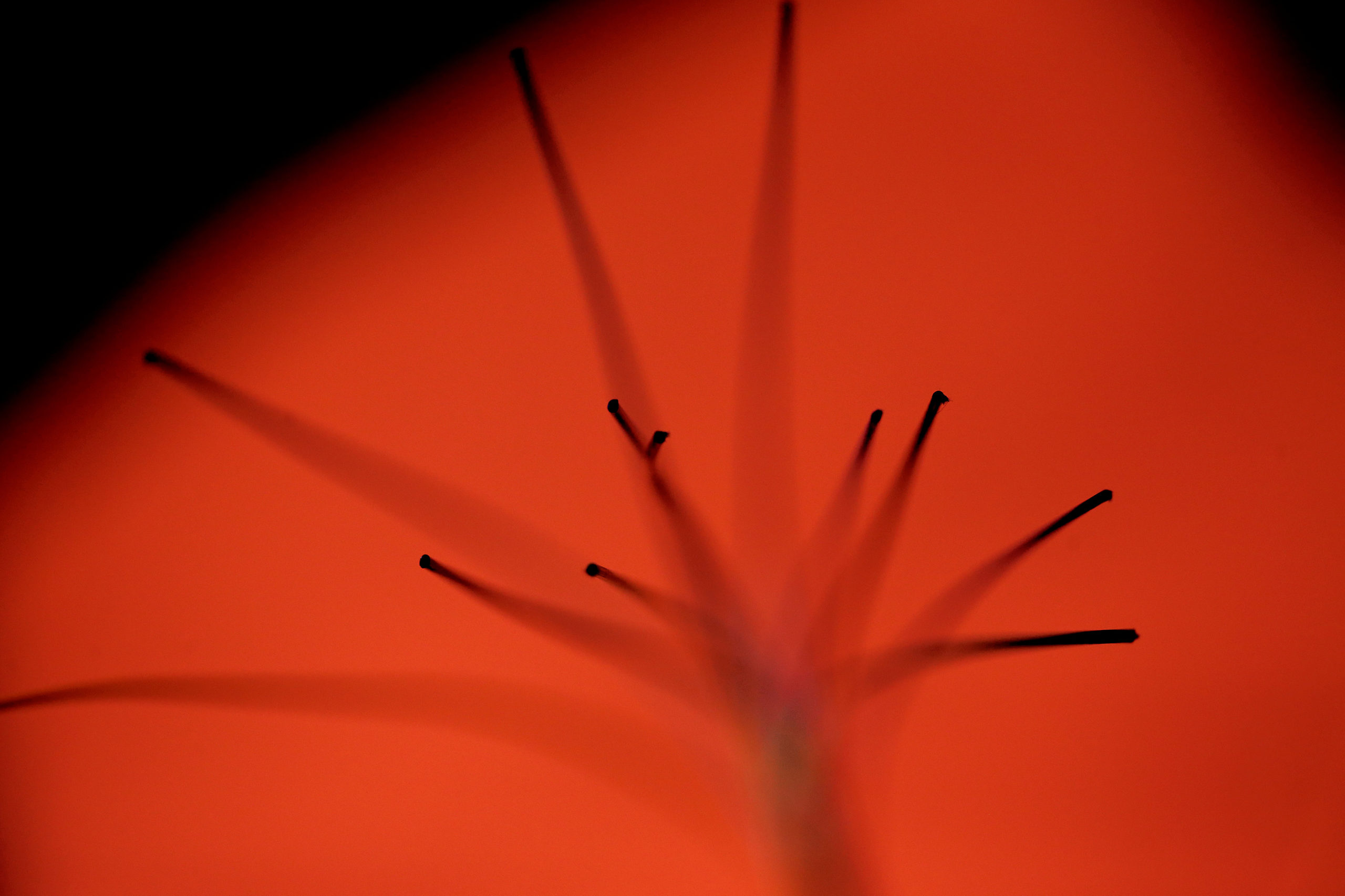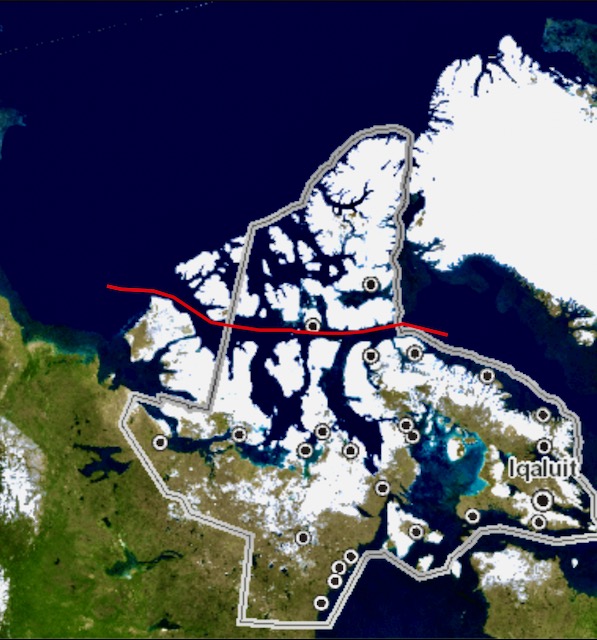Fiber optic cable survey in Canada’s High Arctic gets review board approval
The survery is part of a plan to connect 14,000 kilometers of fiber optic cable from Japan eastward through the Arctic to Norway or Finland.

Preliminary work that could potentially lead to a fiber optic cable in the High Arctic does not require a review to proceed, the Nunavut Impact Review Board has recommended.
The review board issued its decision on Dec. 22 and now the proposal awaits approval from Northern Affairs Minister Daniel Vandal. That process could take up to 45 days.
“We’re pleased with the decision and excited to be moving ahead,” said Ik Icard, the spokesperson for Far North Digital LLC, the company proposing the survey.
Far North Digital is working with its Canadian affiliate, True North Global Networks LP and Finnish network provider Cinia to connect 14,000 kilometers of fiber optic cable stretching from Japan eastward to Norway or Finland.
The survey is intended to determine the best route to lay the cable, with 900 kilometers of it expected to go through Nunavut waters near the communities of Resolute Bay, Arctic Bay and Pond Inlet.
Part of the plan is to allow these nearby communities to connect to the fiber optic cable once the project is complete, Icard said.

To actually begin laying cable, Far North Digital will have to file a separate proposal with the impact review board.
For now, the survey will involve a crew sailing through the Northwest Passage to assess the the bottom of the ocean. The crew will use a sonar scan and a cone penetrometer, a metal rod that hits the ocean floor to assess its soil quality.
The federal and territorial governments did list some concerns about the survey, including its potential impact on the marine habitat and environment, and possible interference with shipping routes.
The response to the proposal also states consultation with communities is needed.
Icard said his company wants to hear any potential community concerns, and receive input on the best ways to complete the survey without coming into contact with or harming marine wildlife.
In its response filed with the review board, the company states it will avoid migratory bird sanctuaries and the Nirjutiqarvik National Wildlife Area, which is located in the High Arctic, approximately 20 kilometers from the southern tip of Ellesmere Island.
The company also states it will develop an impact tracker for its survey, and that it is aware of the incoming designation of Tallurutiup Imanga as a marine conservation area of the coasts of Pond Inlet, Arctic Bay and Resolute Bay.
Community consultation is planned to start this month and continue until at least June.
Far North Digital has already had discussions with Nunavut Tunngavik Inc. as well as Indigenous organizations in the Inuvialuit settlement region, according to Icard.
In a previous interview, Icard said laying cable is not an especially daunting task considering there is approximately 1.4 million kilometers of fiber optic cable laid across the world already.
Surveys for the fiber optic cable have already begun in other parts of the world and Far North Digital plans for construction to start in 2024, with it in service by the end of 2026.
Icard said Far North Digital intends to submit its proposal for laying the cable to the review board this spring.
This article has been fact-checked by Arctic Today and Polar Research and Policy Initiative, with the support of the EMIF managed by the Calouste Gulbenkian Foundation.
Disclaimer: The sole responsibility for any content supported by the European Media and Information Fund lies with the author(s) and it may not necessarily reflect the positions of the EMIF and the Fund Partners, the Calouste Gulbenkian Foundation and the European University Institute.
